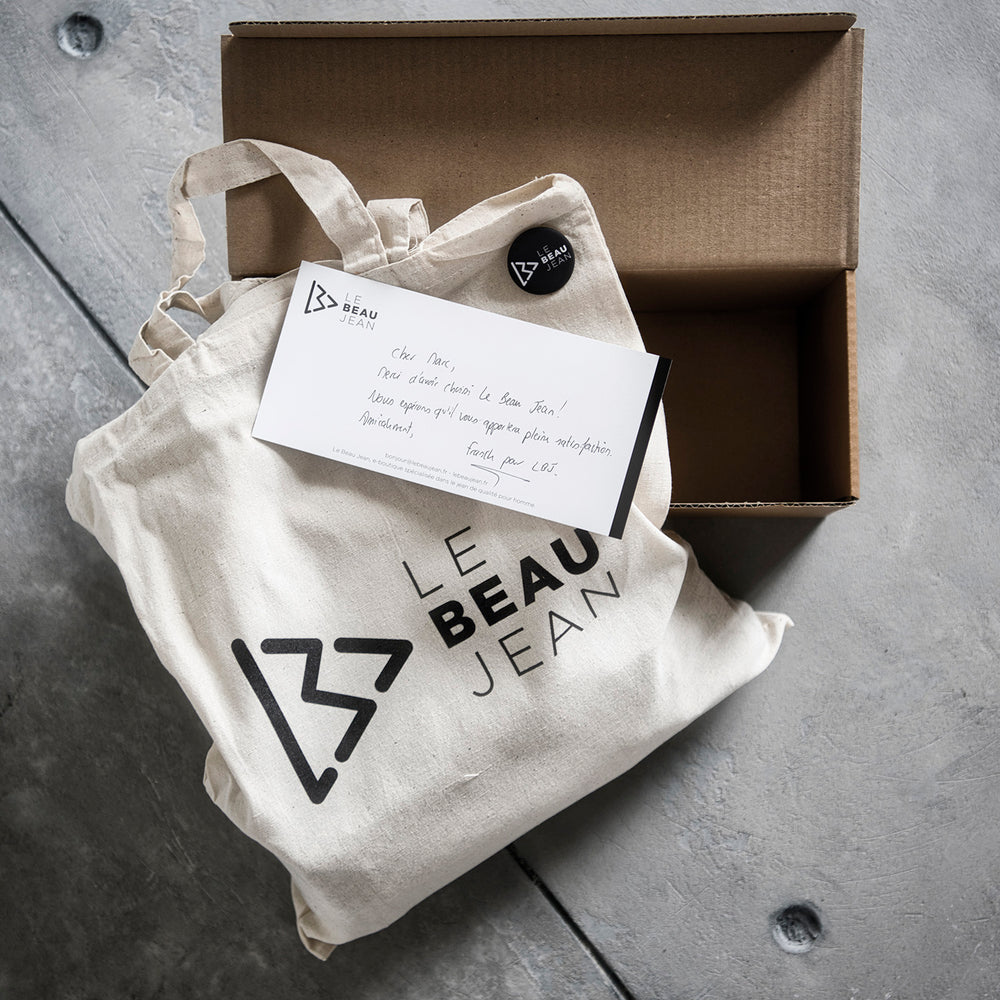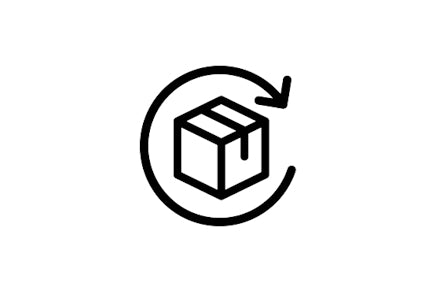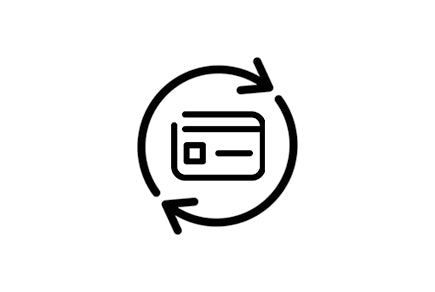One for all, all in jeans
We hope you're reading this article on a dream beach, cocktail in hand. But hey, not all of us are like that, so to make your day even more fun (and ours too, it's true) we decided to tell you about something we're into: jeans. Does that surprise you?
Did you know that jeans are the most worn item of clothing in the world? They're everywhere, and they've been around for a long time. We'll spare you the full history of jeans (which are already featured on a ton of fashion blogs).
In short, jeans, which appeared in the days of the pioneers of the American West, were for a long time a work garment thanks to their incredible resistance, then they became democratized in the 1950s, becoming the symbol of rebellious youth and freedom. If there is one name associated with the history of jeans, it is that of Levi Strauss who made this garment so famous. However, denim does not come from the United States, but from Europe!
The basics of jeans to shine in society
We give you some technical notions to teach you a few things:
- The term "Jeans" refers to the garment while the term "Denim" refers to the fabric.
- "Jean", derived from the English pronunciation of "Toile de Gênes", was initially used to make ships' sails and crews' outfits.
- The word "Denim" comes from the name "Sergé de Nîmes" (its origin). The first Levi's jeans, highly valued by workers at the time, were made from this fabric due to a shortage of Genoa fabric, according to legend. Rivets were added later to reinforce the jeans in strategic areas.

- "Denim" is a cotton fabric with a twill weave (this is what gives it a diagonal appearance) with an indigo warp and a white weft, generally.

A little tip to distinguish the warp and weft direction of a fabric:
- "Trame" sounds like the word "train" 🚆, which moves horizontally
- "Chain" sounds like the word "oak" 🌳, which grows vertically
Not bad, huh?
Current, timeless and contemporary jeans
Today, denim remains a fashion staple. Current technologies allow for the creation of all kinds of jeans, with varying degrees of distressing. Fans of raw denim prefer the natural patina that develops over time... Granted, you have to be patient.
Jeans are becoming more and more comfortable thanks to the use of elastane (or Lycra). Which is actually a good thing given today's ultra-tight cuts! And then there are other really not-so-great imitation denim fabrics, such as linen-based ones.
But then, how do you recognize a pair of jeans worthy of the name? Easy:
- A quality canvas
- Rivets for maximum strength
- A leather jacron on the back
- A small coin pocket, hence the nickname "5 pockets"
- Top-quality finishes (regular seams with tight stitches)
So many details that you will find on your Beau Jean (of course)!











